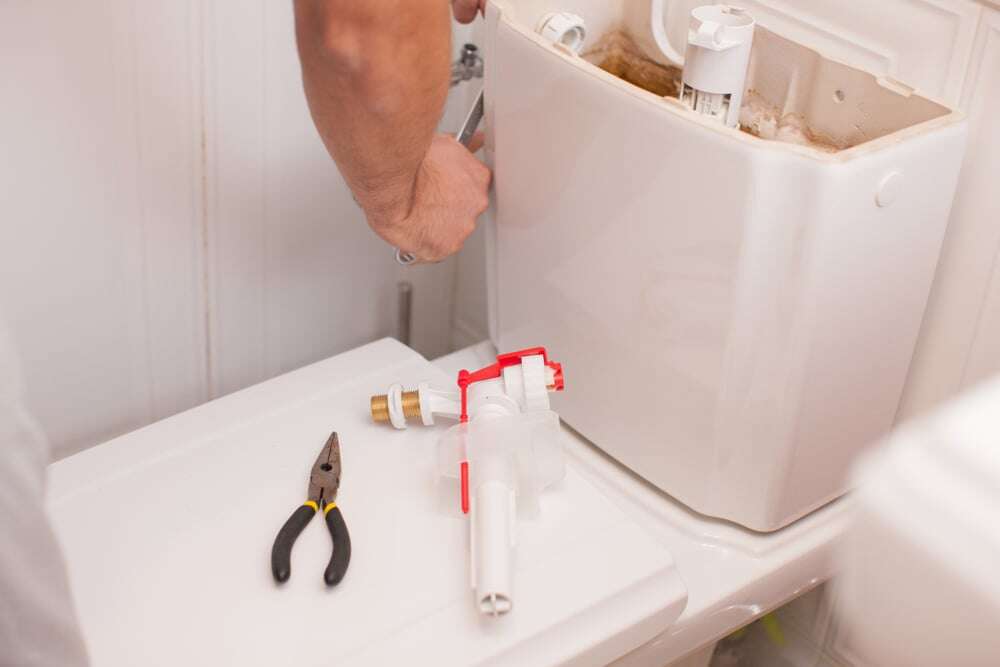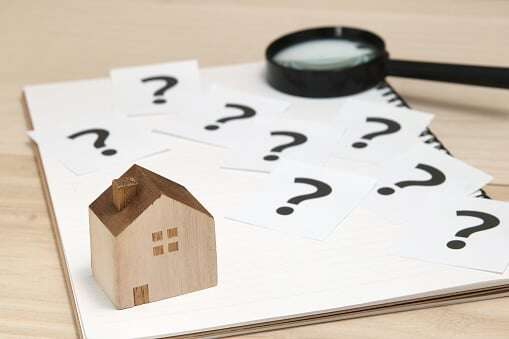 A common area that mold likes to grow in and around are pipes. These dark and moist areas help the mold grow and if there are any leaks or condensation in those areas then mold can spread. Here are the most common plumbing areas that can have mold and some tips on how to prevent mold from growing.
A common area that mold likes to grow in and around are pipes. These dark and moist areas help the mold grow and if there are any leaks or condensation in those areas then mold can spread. Here are the most common plumbing areas that can have mold and some tips on how to prevent mold from growing.
Under Sinks
The area under the sink, whether it’s the kitchen or the bathroom, is often stocked with cleaning supplies, lotions and other liquid containers. Sometimes when we put stuff under the sink it can cause leaks. The leaks may come from the products that are stored there or from the pipes under the sink. Sometimes the leaks are hard to detect.
To avoid this, make sure nothing is obstructing the pipes in that area. Close all product lids and check for any possible leaks. Every couple of months make sure to take all products out of the cupboards to check for any hidden leaks or mold growth.
Clogged Pipes
When a pipe is clogged and the water can’t fully pass through, it can cause water to sit or leak into the floors. This can attract mold. If you see any walls or floors that are warped or discolored, then there may be some water damage. The Environmental Protection Agency recommends that you call for professional help when the damage reaches a size larger than 3 feet by 3 feet.
Showers and Toilets
Areas that have a large amount of flowing water are common leak areas. The base of toilets can cause leaks in the floor, if not connected properly. If the damage spreads, then that leak can be an expensive problem to fix. The damage can cause mold growth and a potential replacement of that floor area.
Another popular area for leaks is the shower, especially the head and nozzle. If the shower in your home never seems to turn off and continuously drips, then the pipes should be checked. The continuous flow of water and moisture can cause mold to grow in those areas.
Mold Effects on Your Health
If there’s a large amount of mold present in your home then you might experience some health issues. Some people can be very sensitive to the presence of mold and there are others who will have no reactions.
Common reactions to mold are nasal stuffiness, sore throats, coughing and eye irritation. The reactions can feel like a normal allergy response similar to what you might have during allergy season. If you just moved into a new home, started having these symptoms, and they continue past allergy season, then there may be mold present or you're reacting to other home allergens. Also, people who have asthma problems, COPD, and trouble breathing might be more sensitive to mold in their home.
Mold Prevention
The earlier the leak and water damage is found and fixed, then the less mold you’ll have. If left alone the mold can grow and cause even more damage. To help prevent potential mold growth from leaks and high moisture areas, here are some tips:
- Keep bathrooms and sink areas as dry as possible. Turn your bathroom fan on before you shower or bathe and leave it on for 30 minutes after. This helps reduce moisture in the bathroom.
- Check the pipe fixtures every 6-12 months. This will help you catch any leaks or possible loose pipes.
- If you find mold and need to clean it, use bleach, vinegar or hydrogen peroxide.
Unfortunately, mold is everywhere, constantly in the air around us. But you can prevent that mold from growing by creating an atmosphere that doesn’t allow mold to grow, as well as paying attention to any plumbing issues that arise and could potentially lead to mold growth.
If your have leaky pipes or other plumbing issues in your home, contact Experts in Your Home – we do more than you think!








